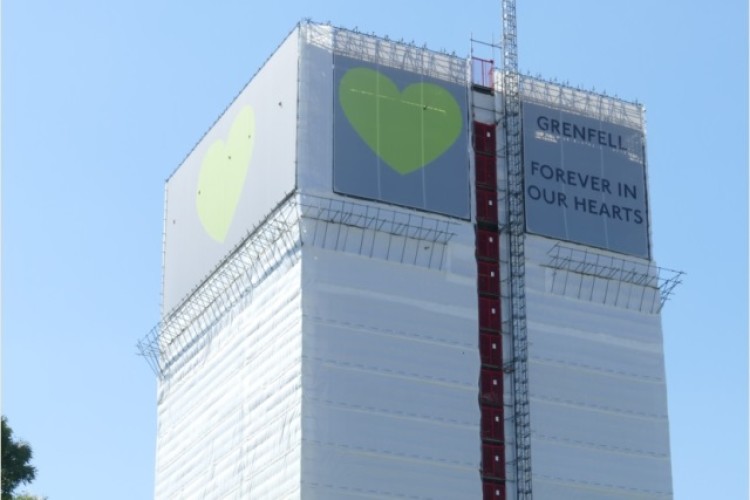In January the Department for Levelling Up, Housing & Communities gave housing developers six weeks to sign a contract committing themselves to sign legally binding contracts to fix fire safety issues on legacy tall buildings.
Under the contract, developers are committing an estimated £2bn or more for repairs to buildings they developed or refurbished over the past 30 years. This means that together with the Building Safety Levy, developers and builders are paying an estimated £5bn to make their buildings safe.
However, the materials suppliers that ripped them off and consultants/designers that failed them are so far getting away scot-free.
Redrow, Bellway, Barratt Developments, MJ Gleeson, Persimmon, Berkeley Group, Crest Nicholson, Vistry and Morgan Sindall have all issued statements confirming that they have signed the government’s self-remediation contract by the 13th March deadline.
Morgan Sindall’s exposure is through its subsidiaries Lovell Partnerships and Muse Places.

The contract makes legally binding the commitments made by house-builders under the Building Safety Pledge in April last year. It also requires developers to reimburse taxpayers where public money has been used to fix unsafe buildings.
Barratt has provided £427.2m to its building safety remediation programme over the next three to five years; Bellway has set aside £513.7m; Persimmmon £350m.
The requirement for developers to make changes to many of the tall buildings became apparent after the Grendell Tower fire in 2017. A fire in a 24-storey tower block blazed out of control because of the rainwater cladding system retrofitted onto the building acted as an accelerant – not only was it flammable, the panelling acted as a conduit for smoke and flames up the building. As a result, 72 people died.
Building safety regulations have since been overhauled and building products suppliers have promised to stop putting misleading or untruthful claims on their product literature. Hundreds of high-rise buildings with cladding shortcomings similar to those seen on Grenfell Tower have since been fixed, but many leaseholders around the country have been stuck with huge bills or in properties that remain at risk.
Got a story? Email news@theconstructionindex.co.uk



